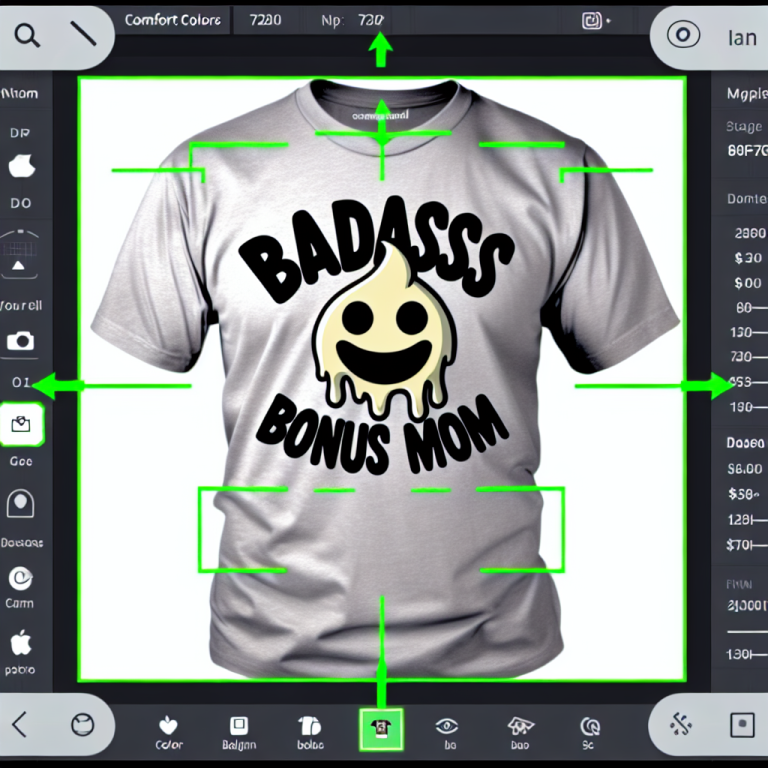The Best AI for Images in 2025: A Glimpse into the Future of Visual Creativity
The Best AI for Images in 2025
As we approach 2025, the world of artificial intelligence for image creation is undergoing a revolutionary transformation. State-of-the-art algorithms, enhanced training models, and innovative hardware integrations are paving the way for AI systems that are faster, more accurate, and infinitely more creative than their predecessors. This article explores the best AI for images in 2025, discussing how these technologies are redefining digital artistry, commercial design, and even scientific visualization.
Overview of AI Image Generation
The evolution of AI for images can be traced from early neural networks to the present day where deep learning algorithms can produce photorealistic images, manipulate styles, and even generate entirely new visuals from textual descriptions. In 2025, several trends are shaping this landscape:
- Enhanced Generative Adversarial Networks (GANs): Modern GANs now produce sharp, high-resolution images with better consistency and fewer artifacts than ever before.
- Multimodal Frameworks: These systems combine text, image, and sometimes sound, to produce contextually rich and detailed visuals.
- Real-Time Rendering: Advances in GPU technology and cloud computing enable real-time image generation and transformation, making it possible for interactive creative tools and live content generation.
- Personalized Art Generation: Leveraging user data and machine learning, AI systems can now create artworks tailored to personal tastes and needs.
Top AI Technologies Shaping the Future
Several cutting-edge AI systems have emerged as frontrunners in the image generation domain, setting the standard for creativity and quality. These include both refined versions of established models and innovative new entrants.
Advanced GANs and Diffusion Models
Advanced Generative Adversarial Networks and diffusion models remain popular among researchers and developers. These systems are now more robust and capable of:
- Creating ultra-high-definition images with minimal noise.
- Ensuring stylistic and contextual consistency even in complex scenarios.
- Being utilized in diverse industries ranging from entertainment to medical imaging.
For instance, companies such as OpenAI have enhanced models like DALL-E, enabling users to generate coherent visuals from intricate prompts. These models leverage a massive dataset of real-life images and textual descriptions to push the boundaries of what is possible.
Multimodal and Interactive Solutions
Another leader in the field is Midjourney, an AI art generator that has evolved to support sophisticated multimodal functionalities. By integrating natural language processing and visual artistry, Midjourney has become a favorite among digital artists and marketers. Some key capabilities include:
- Generating context-aware visuals in real time.
- Offering interactive design processes that allow for immediate feedback and prompt iterations.
- Supporting dynamic personalization for both corporate branding and individual artistic expression.
Google’s Imagen is also making waves as it blends text processing with advanced image synthesis, lending creative professionals a versatile tool for advertising and concept art creation. Early trials have demonstrated that Imagen can reduce production time by up to 40% in certain design workflows.
Emerging Trends in AI Imagery for 2025
Looking forward, several trends are likely to further influence the scope and capabilities of AI imaging:
- Integration with Augmented Reality (AR): AI-generated images are becoming a foundational element in AR experiences, offering personalized overlays and interactive storytelling.
- Sustainable and Ethical AI Practices: There is growing emphasis on creating eco-friendly algorithms and ensuring that AI tools are accessible, bias-free, and legally compliant.
- Collaborative Creativity: AI systems are increasingly being designed as creative partners that augment human ingenuity rather than replace it.
- Data Security and Privacy: As AI becomes more adept at using personal and contextual data, advanced security measures are essential to protect user privacy and copyright interests.





Leave a comment